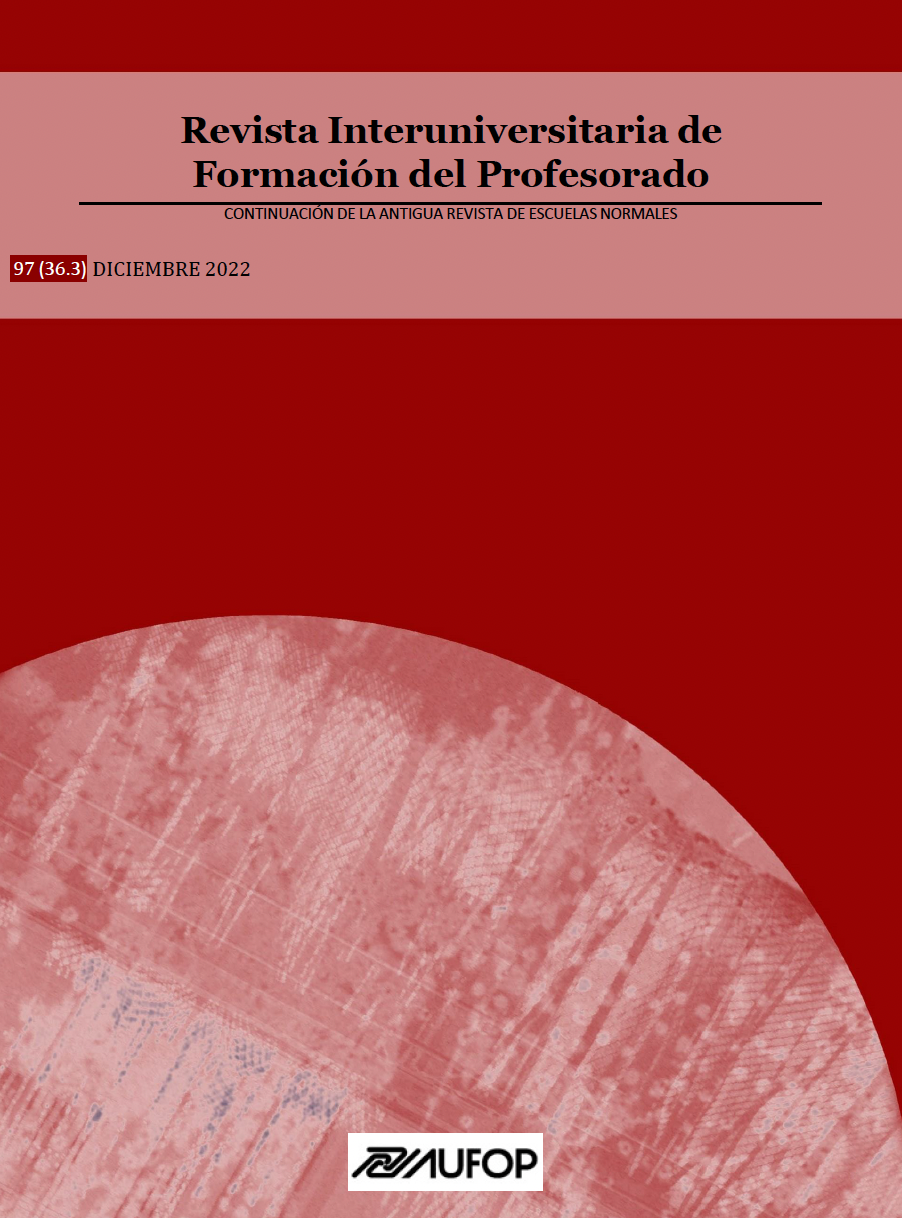The commentary of intertexts in SFL class: exposition and argumentation for the development of critical thinking
DOI:
https://doi.org/10.47553/rifop.v97i36.3.96575Abstract
The purpose of this exploratory work is to verify if the students who have carried out an intersemiotic and multimodal activity involving narrative, written and visual texts, have applied the critical thinking practices indicated by Paul and Elder. During the practice, it has been observed whether the students, without a specific training on critical thinking, have implicitly developed the bases of said ability. For this, a Corpus has been used that compiles the summaries and narrations of the windmills’ episode from Don Quixote de la Mancha, made with a textual input: chapter VIII of Cervantes' work and two filmic hypertexts. In the analysis, the elements of critical thinking and the universal intellectual standards have been related to the fundamental textual qualities, in an attempt to verify that these postulates can be applied to narrative and expository texts. The results have shown that the students have inferred the elements of critical thinking from the literary text and the filmic ones that they have received as input and have developed them linguistically in their productions, as well as the universal intellectual standards. Therefore, we believe that all textual typologies, and not only the argumentative one, are developed following these elements and that students internalize, collate and analyze in a natural way, multimodal inputs to create new texts that they produce with a critical sense.
Downloads
Published
How to Cite
Issue
Section
License
The "Revista Interuniversitaria de Formación del Profesorado (RIFOP)", with ISSN print 0213-8646 and ISSN electronic 2530-3791), adheres to the copyright notices proposed by Creative Commons
Authors’ rights
Papers published in the journal are subject to the following terms:
1. The Asociación Universitaria de Formación del Profesorado (AUFOP) is the editor of the RIFOP and holds the copyright of the papers published therein. The reuse of these is allowed under the license for use as indicated under point 2.
© Asociación Universitaria de Formación del Profesorado (AUFOP)
2. The papers are published in electronic version under the license CreativeCommons Reconocimiento-NoComercial-SinObraDerivada 3.0 España (texto legal). Papers can be copied, used, disseminated, transmitted and publicly exhibited provided that: i) the authorship and original publication source are cited (journal, editors and URL of the paper); ii) they are nit used for commercial gain; iii) the existence and specifications of the license for use are mentioned.
3. Auto-archiving conditions. Authors are allowed and encouraged to disseminate electronic pre-print versions (versions prior to peer review) and/or post-print (versions reviwed and accepted for publication) of their papers prior to their publication, since this favors prompt circulation and dissemination and supposes a possible increase in cites and scope within the academic community.
Privacy declaration
The names and email addresses incorporated into this journal will be used solely for the declared purposes of the journal and will not be available for any other purposes or to third parties.






